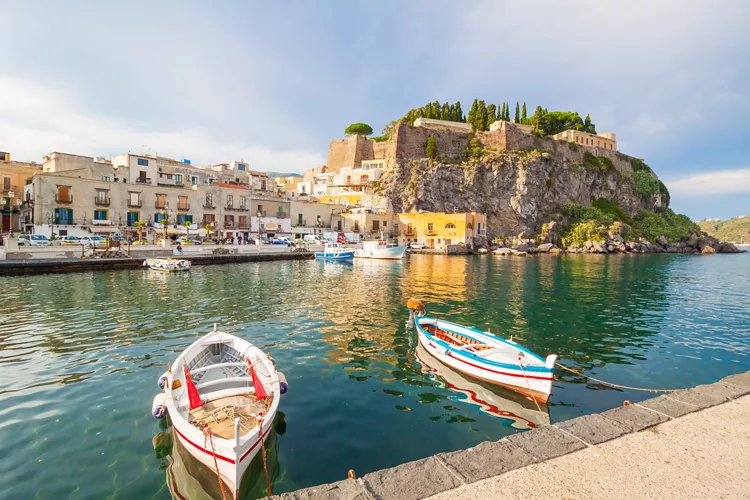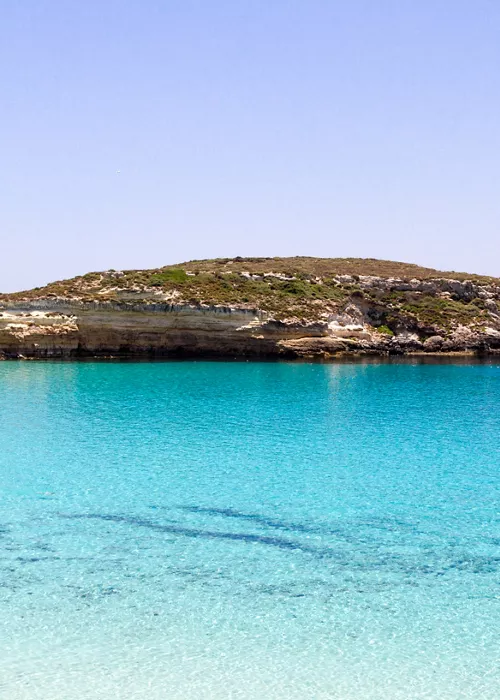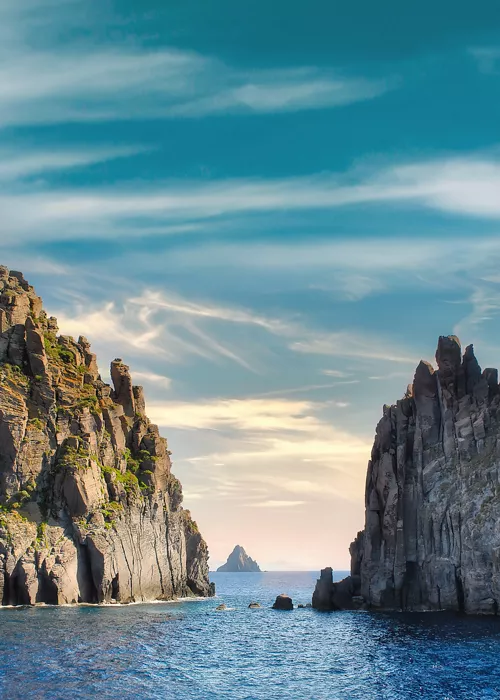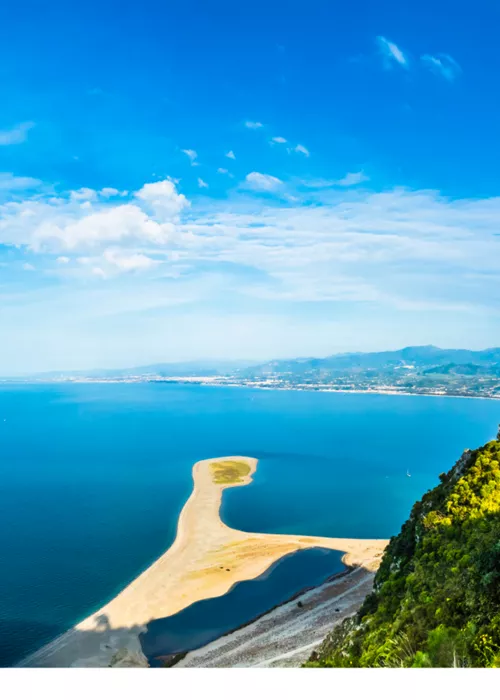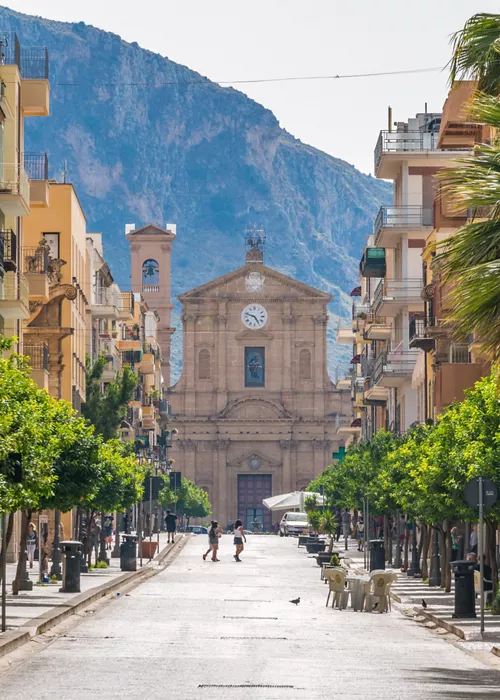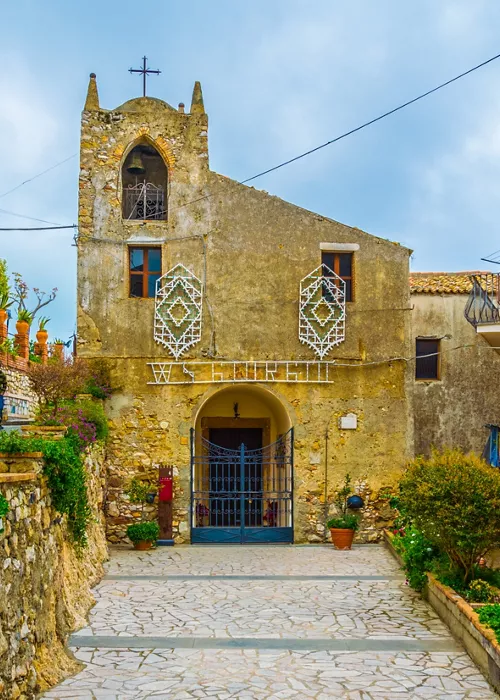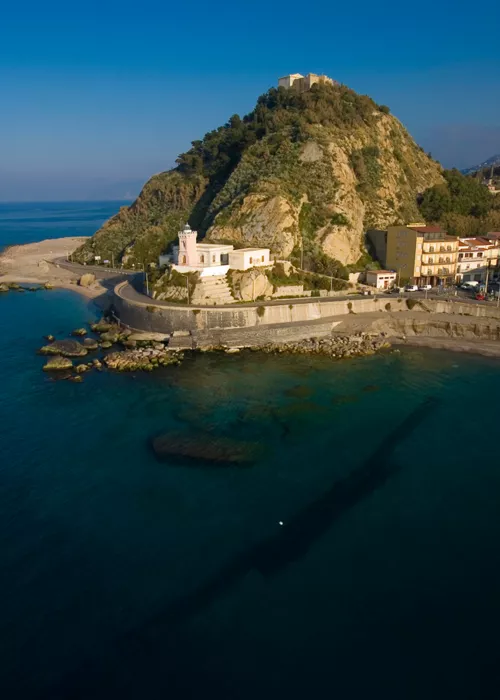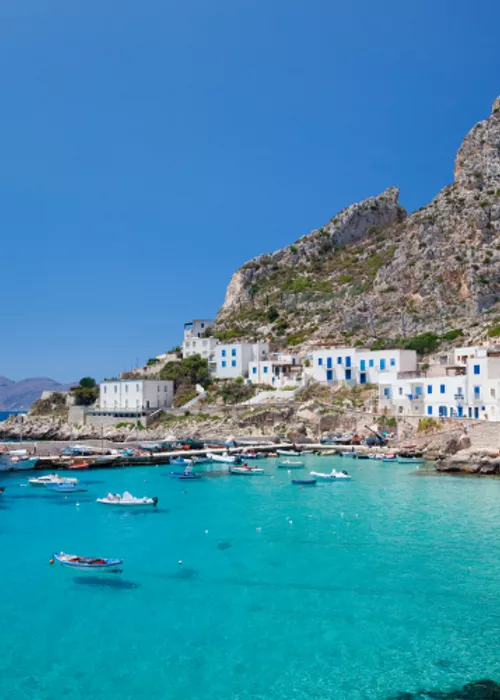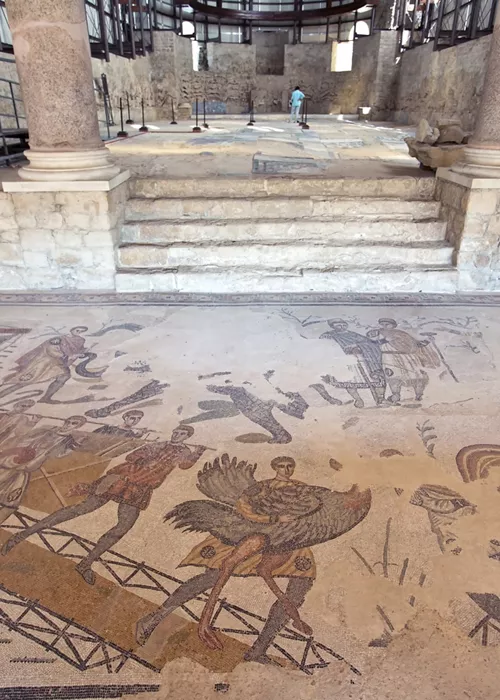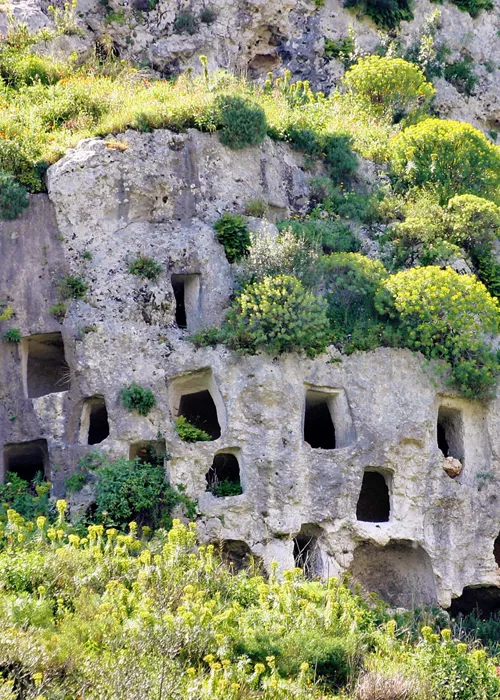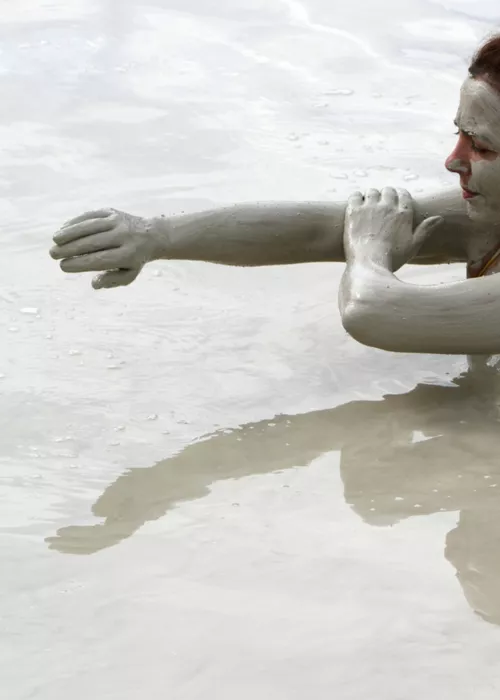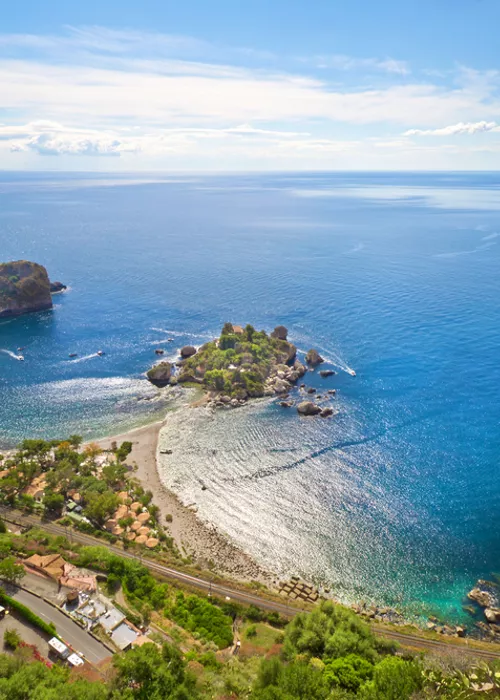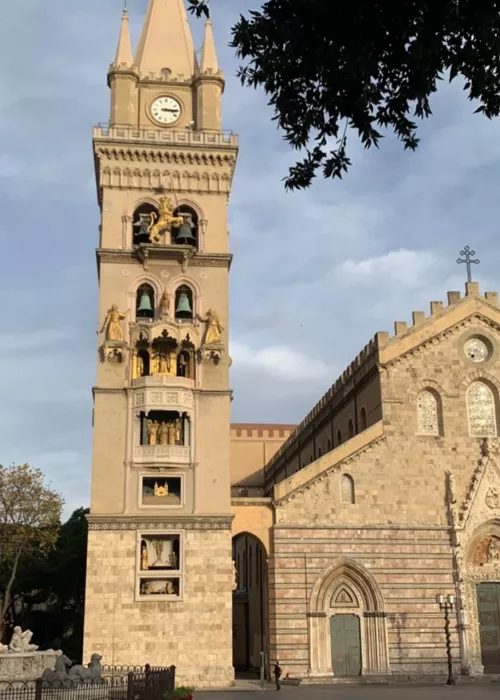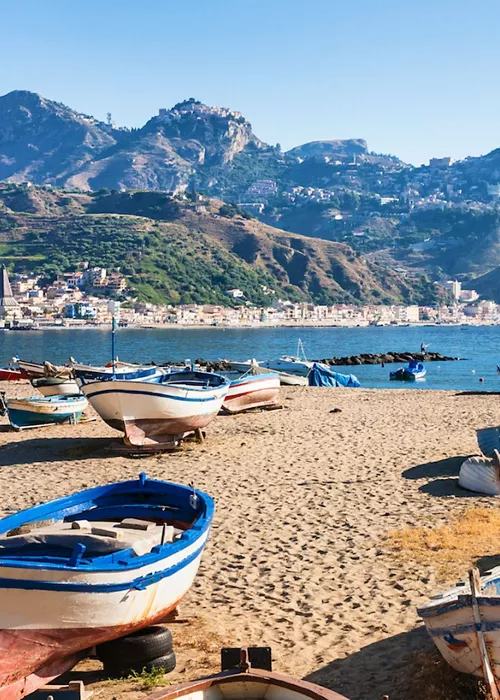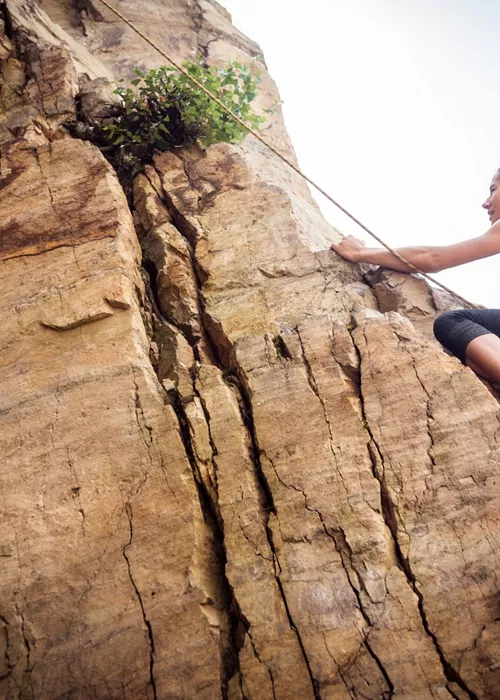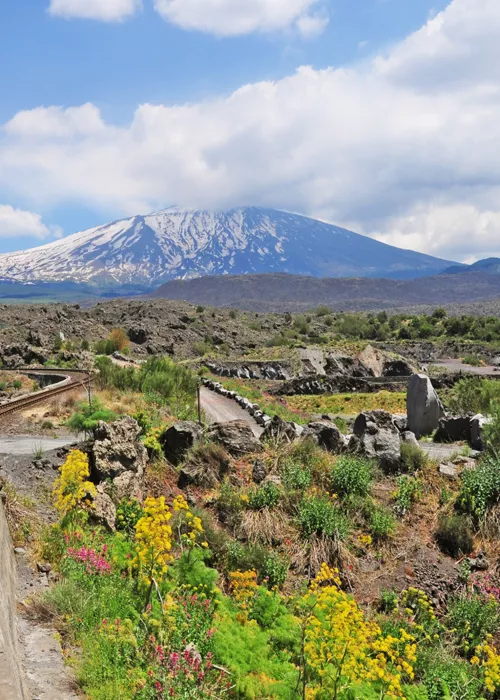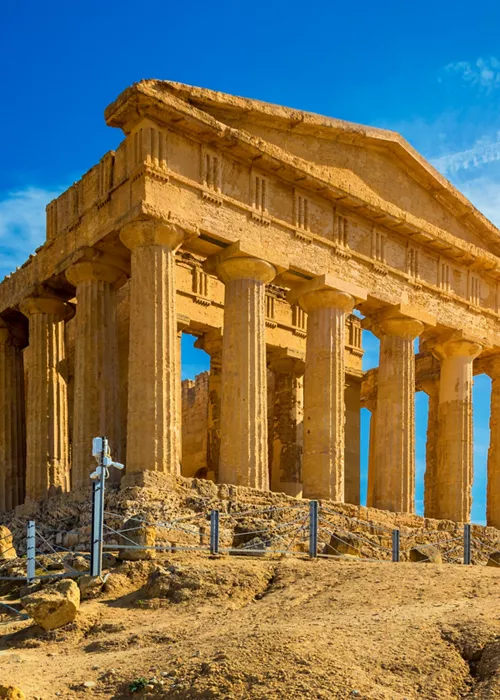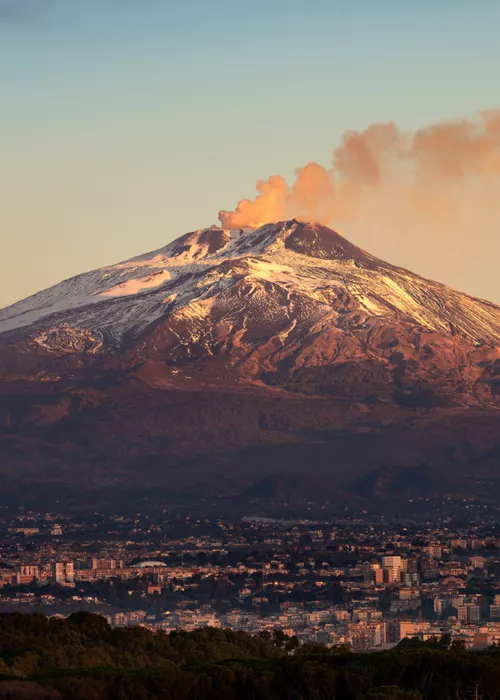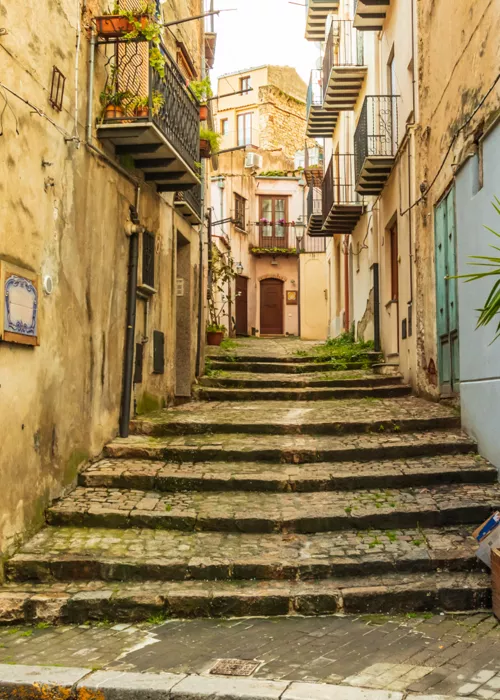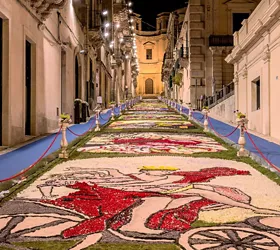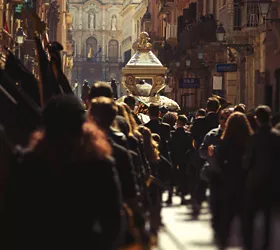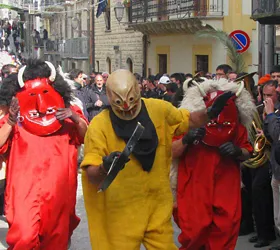Lipari the sweet, the most placid of the Aeolian Islands
At 37 square kilometres, Lipari is the largest of the Aeolian Islands, a World Heritage Site for anyone who has passed through here and, since 2000, for UNESCO as well.
The administrative and economic centre of the entire Sicilian archipelago, it is the least “volcanic” of its 7 islands, as evidenced by the weak hydrothermal and fumarole activity in its western part. Take note, however, it is the one that best harmonises the wild Aeolian charm with the convenience of connections and services.
The evening nightlife and the flow authenticity of the quarters
The urban area stretches between the bars and restaurants overlooking the beautiful Piazza di Sant'Onofrio, also known as Marina Corta, and Via Francesco Crispi, known as Marina Lunga: in between, from May to October, the local nightlife and movida is focused in the evenings.
The rest of the island is well-connected to the centre by a network of paved roads, but if you really want to get into its flow of scents, sounds and sights and savour some of that placid sweetness alluded to by its Greek name, Meligunis, we recommend that you go around Lipari by bike or walk around the island, loitering among the dry stone walls of its districts: Canneto, Acquacalda, Quattropani.
Like on a film set
As well as beach life, if you are planning to delve into the culture and history of Lipari, the advice is to visit sights and monuments by sunset, when the air is cooler and the streets come alive.
A must-see is the Chiostro de normanni, part of the first Benedictine monastery built in Sicily at the behest of King Roger II, so well preserved and evocative that you will feel as if you are on the set of a costume film.
Equally scenic is the imposing structure of the castle, a veritable acropolis, which stands on a promontory inhabited since the Neolithic period.
The city walls ideally enclose the historic centre: in the fortified citadel, an archaeologist's paradise, every nook and cranny in which you stand tells a page of history: it will be like retracing the long list of dominations that have taken place here, leaving an indelible imprint. To explore further, venture through the fifty rooms of the Regional Archaeological Museum, one of the most prestigious in the Mediterranean.
Bartholomew's thumb
On the other hand, if you are a fan of relics, make a stop inside the Castle at the Cathedral, dedicated to St Bartholomew, the patron saint of the entire archipelago: the church still houses the saint's “sacred thumb”, the only fragment that mysteriously escaped the 833 abduction of the apostle's body by the Beneventois. Now the finger “rests” in a silver reliquary in the shape of a blessing arm, displayed during festivities in honour of the saint.
Belvedere hunting
For collectors of views, we recommend feasting your eyes on Lipari's most scenic spots, starting from the Acropolis promontory.
Worth a souvenir photo, and perhaps even a romantic selfie between sky and sea, the horizon contemplated from Belvedere Quattrocchi, against the backdrop of the Pietra Lunga and Pietra Menalda stacks.
Instead, the view from the church of Madonna della Catena in the hamlet of Quattropani, a small, white-plastered Doric-style sanctuary overhanging the sea, is reminiscent of the Cyclades.
Finally, the so-called “Semaforo”, the geophysical observatory housed inside a disused Royal Navy traffic light, is worth a hike, from which you will feel as if you are touching both the stacks and the island of Vulcano with your finger.
In the mood for trekking... or rather scekking
On the other hand, if you pursue the wild soul of the island, one of the most interesting trekking trails is the rather demanding one that leads from the kaolin quarries to the San Calogero thermal baths, along the sulphur fumaroles, a geo-mineral park, up to the 19th-century thermal baths converted into a museum, built on one of the oldest known thermal springs: next to its pools, dating from the Hellenistic period, is a funeral monument of Mycenaean origin.
But the most typical experience you can have along these paths is that of scekking, or trekking on the back of a donkey, scecco in Sicilian, proposed by the environmental guides of Lipari: an original way of redeveloping the island's former tenants for tourism, now promoted as guides for slow itineraries, divided into appetising stages where local products can be tasted.
Beaches: to each his own stone
White and sandy or volcanic and rocky: the coasts and beaches of Lipari satisfy the needs of every bather. You just have to decide which stone to lie on.
The entire north-eastern coastline is covered with the dazzling white sand from the pumice and obsidian quarries that descend to the sea: from White Beach, reached by a steep flight of majolica steps, to White Beach, the most fashionable and exclusive establishment, which can only be reached by sea.
If you prefer empty and secluded shores, head to the beaches at Pietraliscia or Porticello, or to the Secca della Forbice, in the Cappero area, much loved by the locals.



